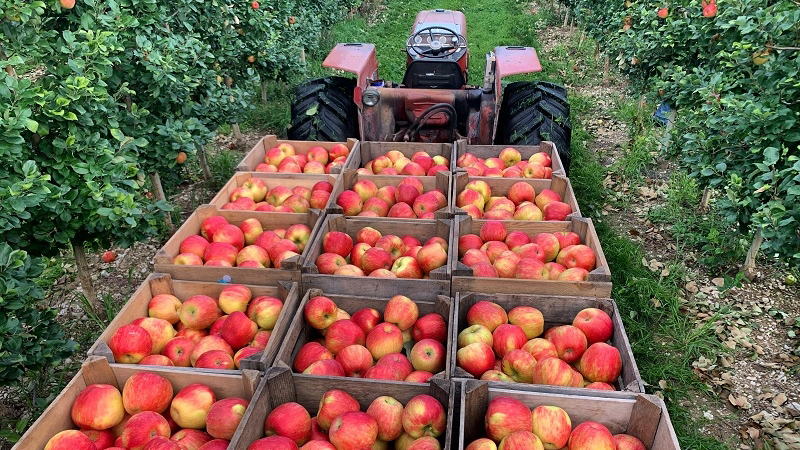Food Stamps Turn 40
Last week, Agriculture Deputy Secretary Kathleen Merrigan recognized the 40th anniversary of USDA’s Food and Nutrition Service (FNS), the Federal agency that administers the Nation’s domestic nutrition assistance programs.
“This anniversary is both a milestone and opportunity to reflect on the essential measures put in place to shape the nutritional wellbeing of children, the elderly and their families,” Merrigan said. “To advance the nation’s health, I look forward to working with FNS to support President Obama’s commitment to end childhood hunger by 2015 and improving the nutrition and health of all Americans.”
FNS administers the 15 domestic nutrition assistance programs which together comprise the Nation’s food safety net. They include the Supplemental Nutrition Assistance Program or SNAP (formerly the Food Stamp Program); National School Lunch Program (NSLP); Special Supplemental Nutrition Program for Women, Infants and Children (WIC); Fresh Fruit and Vegetable Program; and the Emergency Food Assistance Program (TEFAP), among others.
Nutrition education and outreach efforts to the underserved are top priorities in all FNS mission areas. By providing nutrition education, low-income individuals and families are better equipped to connect dietary choices and physical activity with overall wellbeing. To increase participation, FNS conducts outreach targeting eligible populations, such as Hispanics and the elderly.
Many programs were formed before FNS was created as a separate agency in August 1969. SNAP, which remains the cornerstone of USDA’s nutrition assistance, took root in its modern form in 1961, but originated during the Great Depression. The National School Lunch Program was also born in the 1930’s to better nourish low-income schoolchildren. And the Needy Family Program, which has evolved into the Food Distribution Program on Indian Reservations, served as the primary means of food assistance during that same era.
Source: USDA press release









